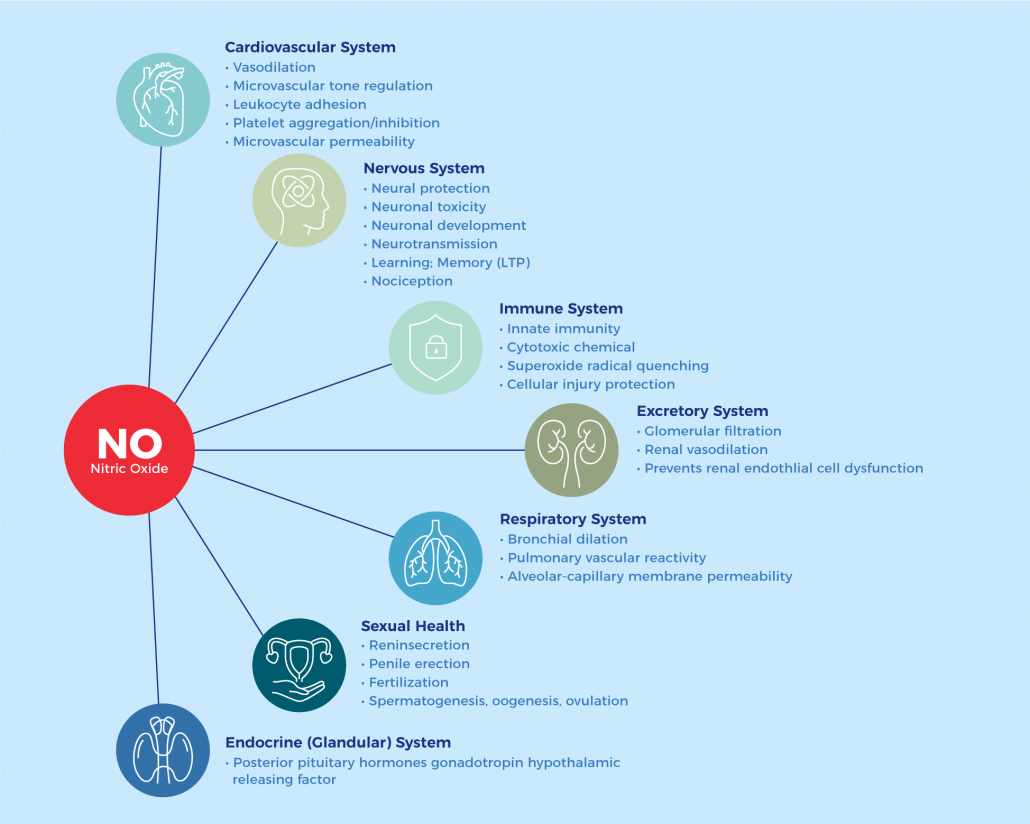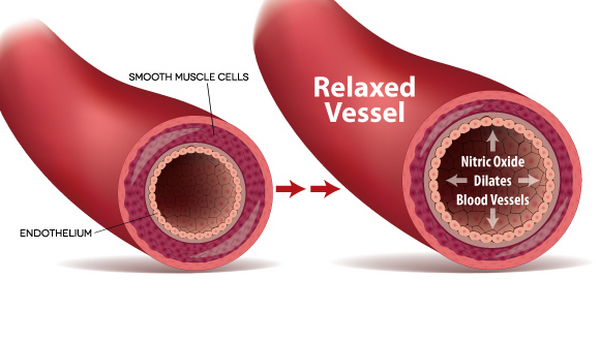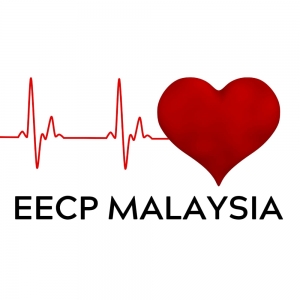Nitric Oxide: Enhancing EECP Therapy with Ganban-Yoku

In the quest for holistic well-being, innovative treatments that harness the body’s innate healing capabilities are gaining prominence. Among these methods is Ganban-Yoku, a traditional Japanese technique known as “rock bathing.” This practice promotes relaxation, detoxification, and improved blood circulation. An intriguing aspect of Ganban-Yoku is its potential to elevate nitric oxide levels within the body, thereby significantly influencing cardiovascular health and harmonizing with the benefits of Enhanced External Counterpulsation (EECP) therapy. This article delves into the captivating realm of nitric oxide, its impact on blood vessels, and the potential advantages of amalgamating EECP with Ganban-Yoku.
Nitric Oxide and Vascular Dynamics
Nitric oxide (NO) is a natural gas produced by the body, playing a pivotal role in upholding robust blood vessels. Endothelial cells, lining the inner walls of blood vessels, release nitric oxide in response to diverse stimuli such as physical exertion, dietary components, and temperature fluctuations. Nitric oxide acts as a vasodilator, inducing blood vessels to relax and expand. This effect contributes to regulating blood pressure, augmenting blood flow, and optimizing the transportation of oxygen and nutrients throughout bodily tissues.
Advantages of Elevated Nitric Oxide
- Enhanced Blood Flow: The vasodilatory effect of nitric oxide diminishes resistance within blood vessels, culminating in improved circulation. This attribute is particularly advantageous for individuals dealing with cardiovascular conditions such as hypertension, coronary artery disease, and peripheral artery disease.
- Cardiovascular Well-being: Nitric oxide supports the health of the inner lining of blood vessels, thwarting plaque accumulation and reducing the risk of atherosclerosis and related heart-related maladies.
- Endothelial Functionality: Elevated nitric oxide levels fortify endothelial function, facilitating superior regulation of blood vessel tone and suppleness, thereby bolstering overall vascular health.
- Elevated Exercise Performance: The heightened blood flow and augmented supply of oxygen to muscles foster heightened exercise capacity and endurance.

Ganban-Yoku’s Nitric Oxide Boost
Ganban-Yoku, commonly referred to as hot stone bathing, entails reclining on warm stones and absorbing their warmth through the skin. This practice has been linked to amplified nitric oxide levels, potentially due to the amalgamation of heat exposure and specific minerals found in the rocks. The heat emitted by the stones triggers the release of nitric oxide from endothelial cells, ultimately engendering blood vessel relaxation and refining circulation.
Synergizing Ganban-Yoku with EECP
Enhanced External Counterpulsation (EECP) constitutes a non-invasive treatment for angina and heart failure. This approach entails applying external pressure to the lower limbs during the diastolic phase of the cardiac cycle. This process augments blood flow to the heart and coronary arteries, promoting the formation of collateral vessels and enhancing the delivery of oxygen to the heart muscle. By fusing Ganban-Yoku with EECP, the potential is ripe to amplify the benefits of both therapies.
EECP Efficacy with and without Ganban-Yoku
Although scientific exploration into the combined effects of Ganban-Yoku and EECP is limited, one can hypothesize potential synergies based on the existing understanding of nitric oxide’s role in vascular health and the mechanisms of action associated with EECP. EECP therapy alone has demonstrated encouraging outcomes in ameliorating angina symptoms and bolstering overall cardiovascular function. Introducing Ganban-Yoku into the equation may potentially magnify the therapeutic effects through further elevation of nitric oxide levels and enhanced relaxation of blood vessels.
In Conclusion
The captivating interplay between nitric oxide, blood vessels, Ganban-Yoku, and EECP opens up a promising avenue for enhancing cardiovascular health and overall well-being. While more extensive research is requisite to establish the precise efficacy of amalgamating these therapies, the underlying scientific framework suggests the possibility of an enriched synergy that could cater to individuals seeking alternative avenues for cardiovascular care. As the domain of holistic health continues its evolution, the integration of age-old practices such as Ganban-Yoku with modern therapeutic techniques like EECP underscores the profound potential for optimizing cardiovascular function and elevating the quality of life.


